Making your mobile app part of a successful omnichannel strategy

.png)

.png)
One of the biggest buzzwords in marketing today is omnichannel. But unlike some other buzzwords and trendy concepts (advertainment, anyone?), an omnichannel approach is here to stay—and should be an essential part of every marketer’s strategy.
If you think about the way people engage with brands, omnichannel is a no brainer. User interactions aren’t linear. They are sporadic and spread across many devices. A user may start a session on their computer and end it on their mobile device.
Your job is to offer them a seamless, cross-channel experience so that an interrupted user session or switching between devices doesn’t mean starting their journey from square one. You want to deliver an experience that keeps them motivated and inspired to continue on. So... where do you begin? Let’s break down exactly what you need to get your omnichannel marketing strategy up and running.
But first:
Just how crucial is offering an omnichannel experience to users? Consider the following:
What this means for you: Companies that use 3 or more channels have a 250% higher purchase rate than those that use a single-channel approach. Modern consumers give their loyalty, time, and money to the brands that provide them with the best experience—aka the ones that offer undisrupted cross-channel interactions.
What this means for you: Retaining customers is much more cost effective than acquiring new ones. It should be no surprise that a key way to retain them is by providing seamless, first-class interactions at every turn.
What this means for you: Customers don’t always consider how or where they engage with your brand—they only remember the experience. And from where they’re standing, why wouldn’t it be consistent across every platform? Customers are already channel blind, and it’s time for brands to catch up.
Now that you understand just how important it is to provide a seamless experience across channels, let’s take a closer look at the most important facets of an omnichannel marketing strategy:
Working across teams to develop your omnichannel strategy is crucial for its success. Everyone needs to be bought in and working towards a common goal—especially product and marketing. Oftentimes these teams will work in silos and then spend time scrambling to align before a new feature gets shipped. This does not work for omnichannel. Product and marketing need to remain in close communication to ensure features and messaging remain consistent across all channels at all times.
One-size does not fit all for omnichannel. Just like your UX differs channel to channel, so should your messaging. All messaging needs to be created with a specific channel in mind. You probably don’t want the same copy across mobile, web, email, and social. At the same time, messaging should be consistent—every touchpoint should feel like part of a single, complete experience.
A strong product marketing function—one that offers clear directives for product messaging in different contexts—can go a long way here.
User behavioral data is at the crux of every good omnichannel marketing strategy. User expectations, needs, and actions fluctuate depending on what channel they’re engaging with you on. For example, on desktop they may spend time researching products, while on mobile they’re just looking for a quick checkout experience.
You need to understand how your customers engage with your brand on each channel in order to meet their expectations. Make sure you have the right tools in place to get a full 360-degree view of users and their interactions with your brand—then optimize according to their needs.
Launching an omnichannel strategy is just the beginning. From there, it’s time to analyze and optimize. Strategies do not always work on every channel so be sure to A/B test across all channels to understand what’s working and where you’re falling flat.
So far we've covered by omnichannel matters, and what it takes to execute on an omnichannel experience internally. Now let's take a look at a handful of companies that have gotten it right.
Starbucks has been one of the top coffee chains for decades. A big reason they’ve managed to stay relevant is their customer experience—customers can tailor their caffeinated beverages in an impressive number of ways to fit their own tastes.
Since Starbucks is so accustomed to providing personalized experiences to customers, translating that experience across channels was a natural next step. With the Starbucks app, users can order ahead and their drink will be waiting for them. Plus, all of your profile information—including order history, card balance, and rewards—automatically updates across all channels. For example, if you’re in line at Starbucks and reload your app with more money, it will be updated in real-time so that you can use it right then and there.
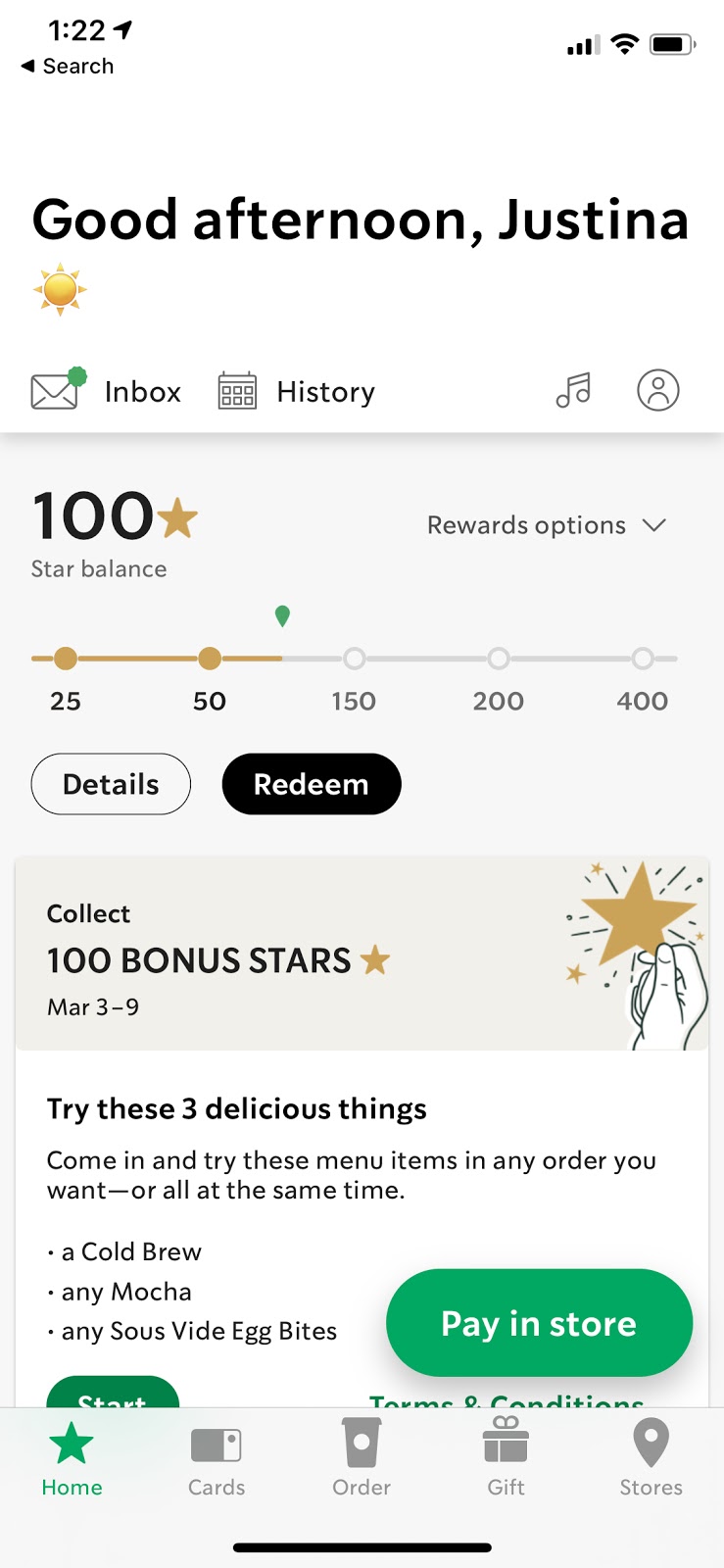
Starbucks’ experience is consistent across all of their channels. Customers know what to expect no matter which channel they’re on and they make the digital to physical store transition seamless. Clearly, their efforts are paying off as Starbucks has the most popular restaurant loyalty app in the world.
Most people think of Peloton as a cycling company—and while it’s true they sell a very popular at home stationary bike, the secret to their success is really their exercise platform. Peloton managed to create a completely immersive exercise platform that is tailored to the end user, and becomes more and more customized with each workout.

The UX is top notch—including easy filtering based on the workout program, time, length of class, instructor, and more. Your user profile is a snapshot of achievements, activity, and workouts. To keep users motivated, there’s even a social aspect where you can connect with friends on the platform and see how you measure up against one another.
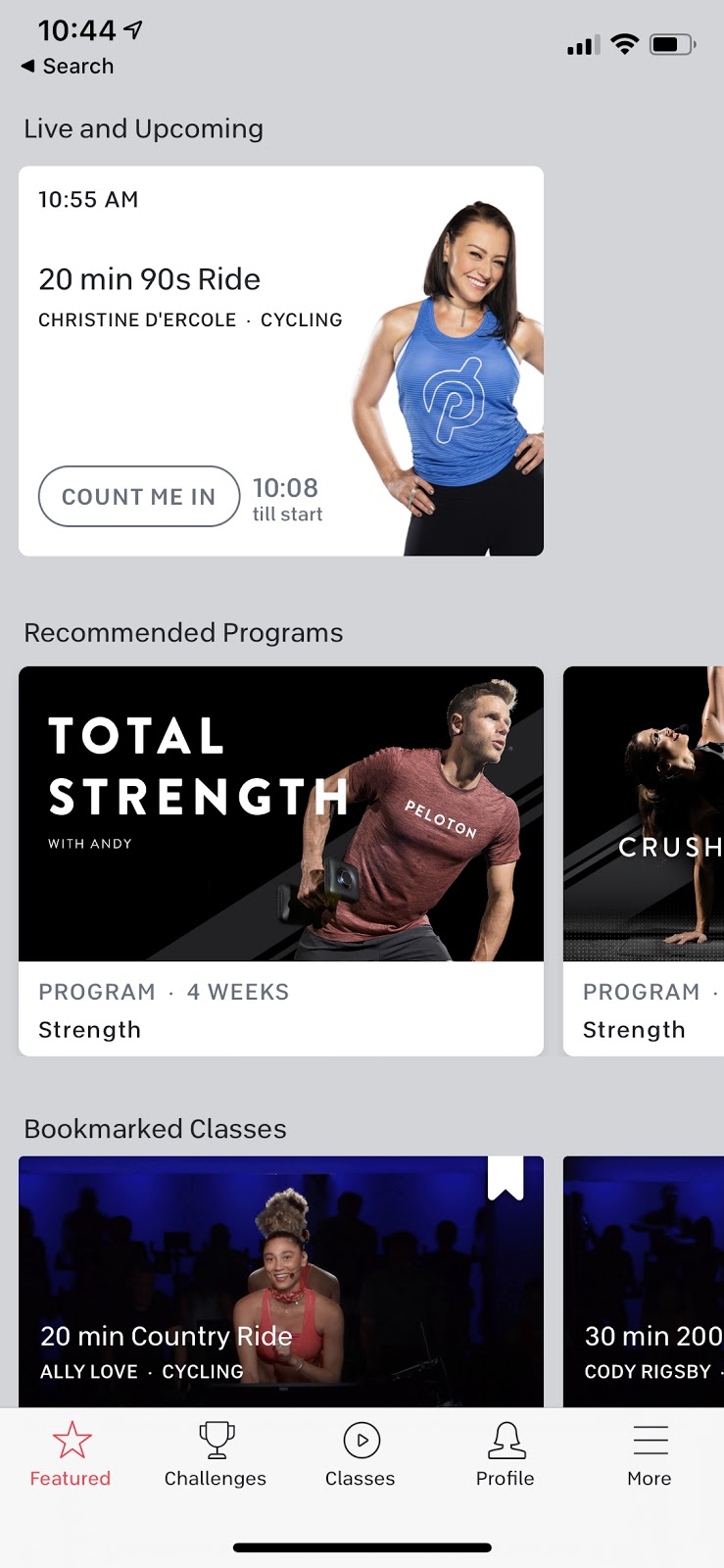
The most impressive part about Peloton’s platform? The UX doesn’t waiver regardless of what channel you’re using. Whether you are watching the screen attached to the bike, using the mobile or TV app, or streaming from the web on your desktop—it all feels part of the same, connected experience.
TurboTax’s goal is to make a dreaded task (filing taxes) easy for anyone to do and they accomplish this through a minimalist and intuitive UX design that translates across all channels.
Users can access their filing across many devices. Plus, TurboTax takes advantage of channel-specific features such as facial recognition on iPhones and using the camera to snapshot capture W2’s.
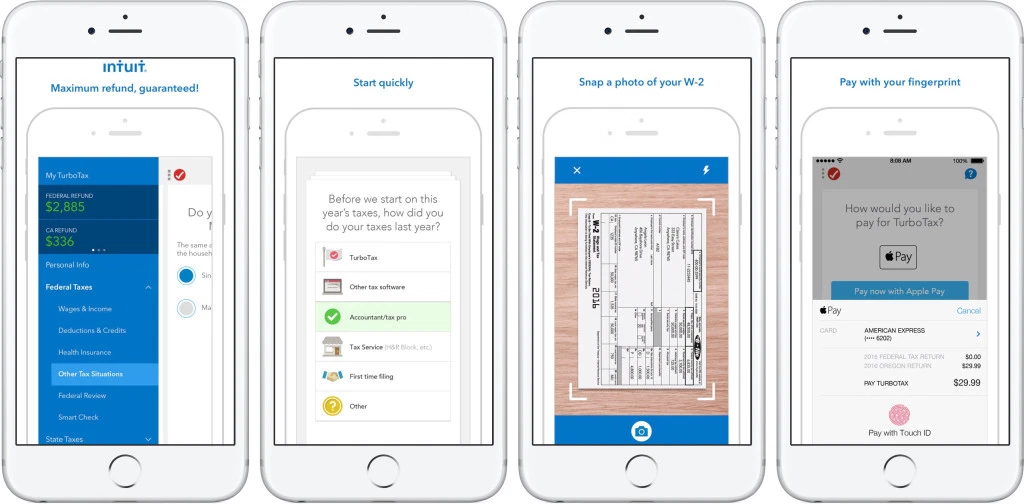
And most importantly, Turbo Taxes recognizes that filing your taxes is a marathon, not a sprint. Through their omnichannel experience, you can pick back up wherever you left off regardless of channel.
Warby Parker disrupted the eyewear industry by providing a tailored and fully integrated online and in-store experience to customers.
Co-founder and CEO Dave Gilboa put it simply,
“What we found from having both an online and offline experience is that people aren’t choosing one channel over the other,” he said. “We’re finding that 75% of people that buy something in our store have been to our website first. What they really value is convenience so we invested in technology to make the online and offline experience as convenient as possible.”
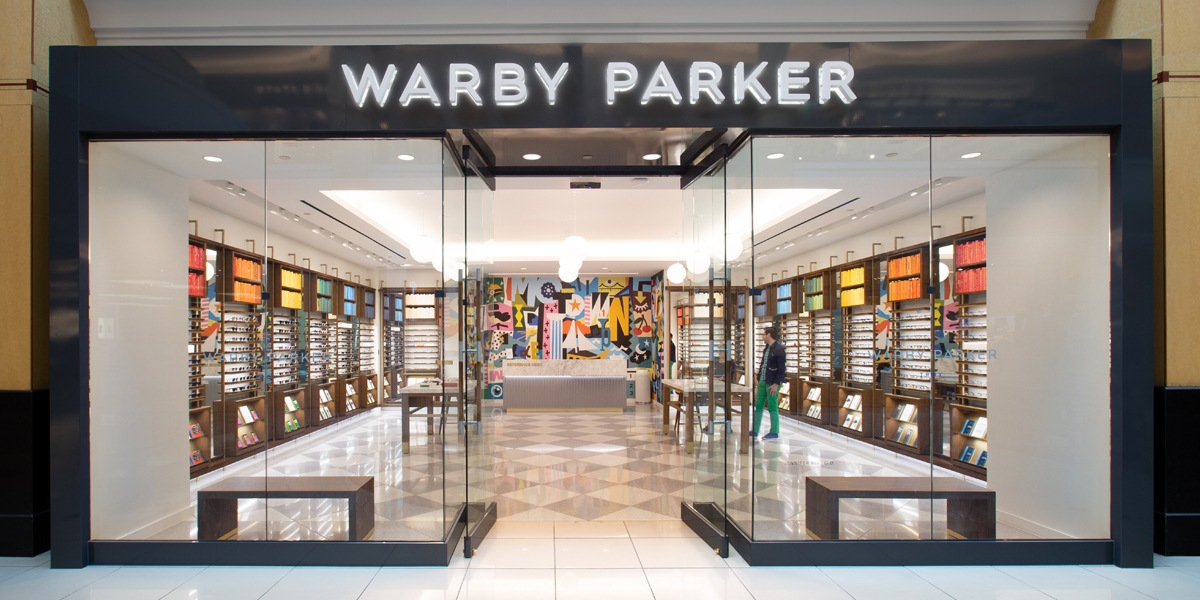
How do they fuse their online store with their brick-and-mortar? Customers can favorite eyewear online and when they enter a Warby Parker retail location their favorite items will be accessible to store associates. That seamless flow goes the other way too:If a customer finds a pair of eyeglasses they like in-store but isn’t ready to purchase that day, an associate can snap a picture and email it to them which creates a digital bookmark that can be added to their cart for easy checkout.
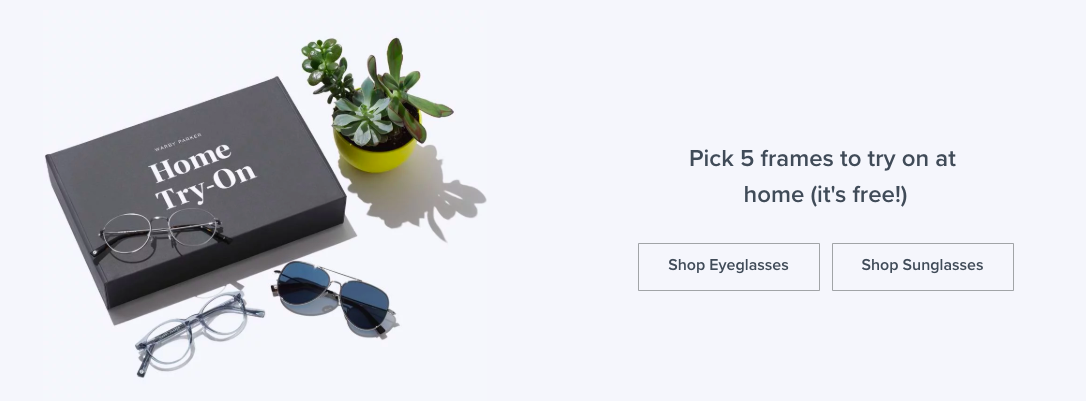
One of the biggest challenges with omnichannel is updating information in real-time based on a user’s behavior. Etsy, the online marketplace for craft sellers, does a stellar job at making sure all of their information is up-to-date across their web and mobile app. This is important for any retailer, but especially one where quantities are limited and quickly changing.
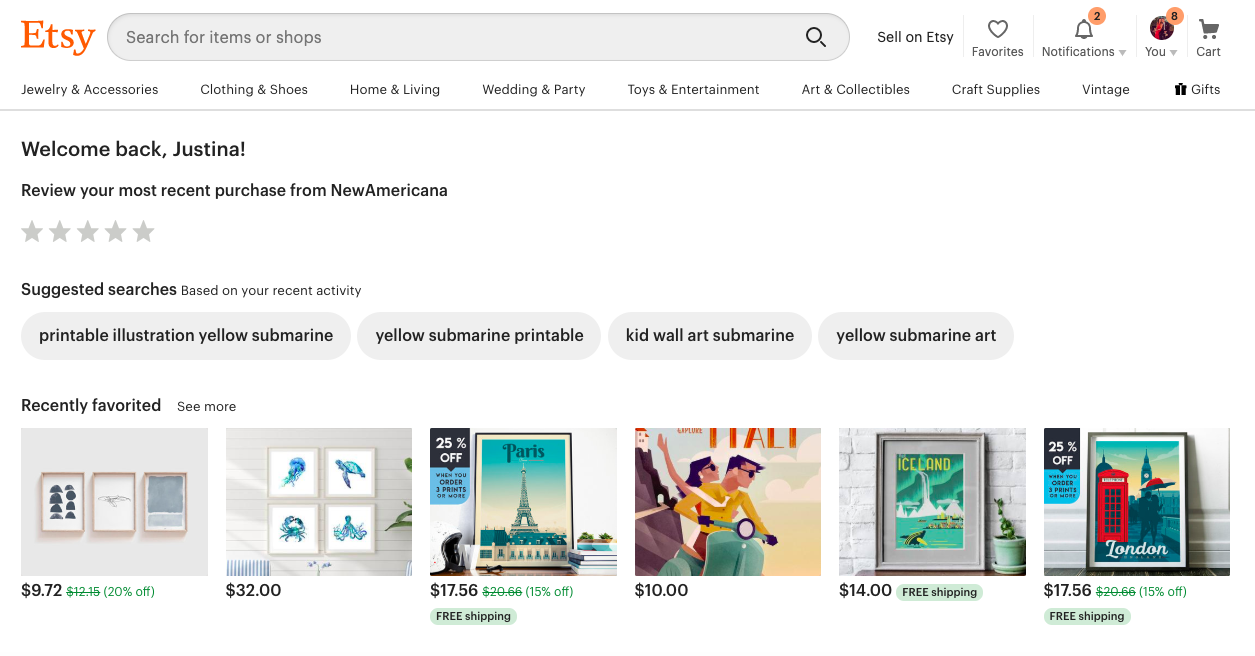
Etsy makes sure all behavioral actions users take reflect on every channel in real-time. They not only make sure a user’s cart is updated across devices, but they also provide users with a personalized experience by highlighting each user’s recently viewed, favorited, and curated pick.
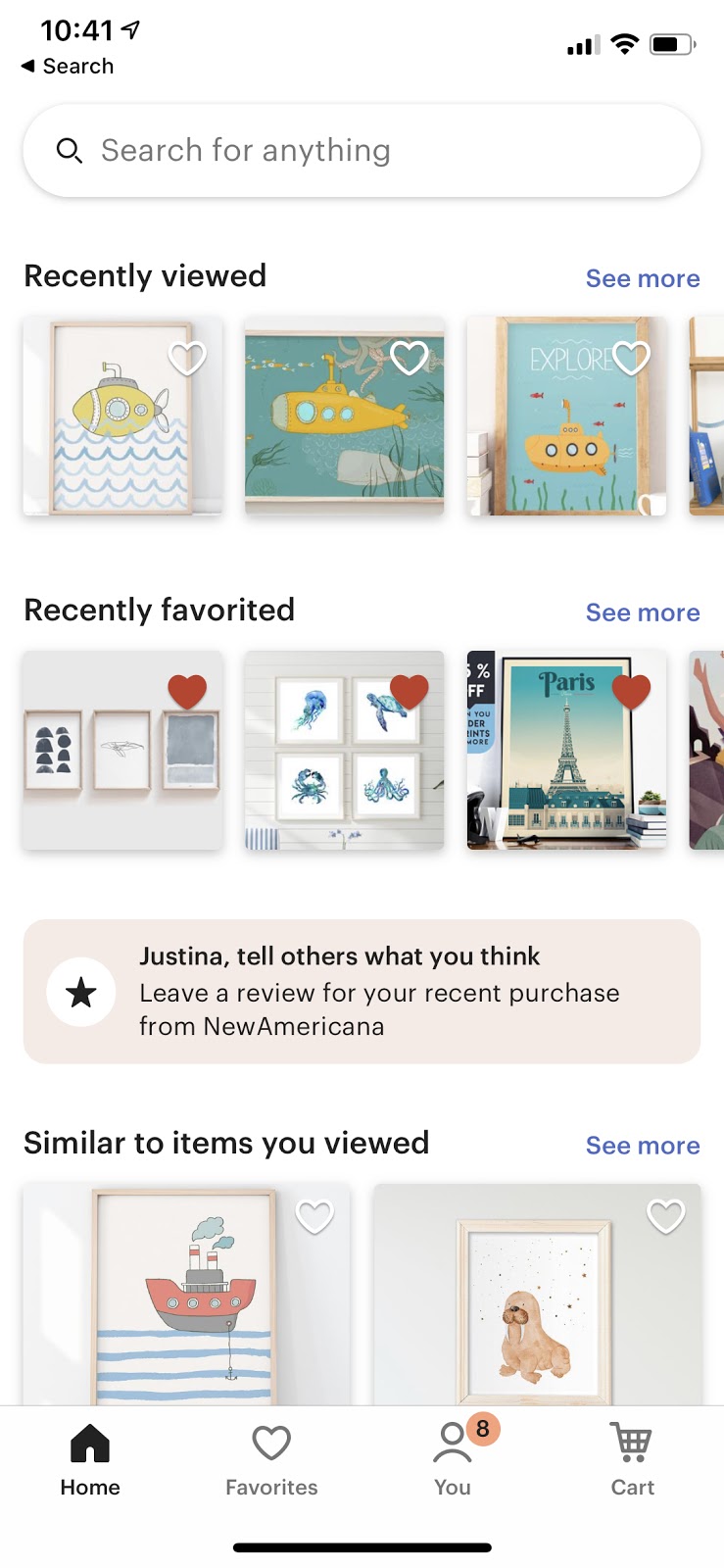
Putting the focus on omnichannel means building your strategy around the customer, rather than the platform, so that you can have meaningful interactions across all devices.
Omnichannel isn’t just about engaging your users in multiple places. It’s about making all those touchpoints feel like part of the same, uninterrupted user experience.